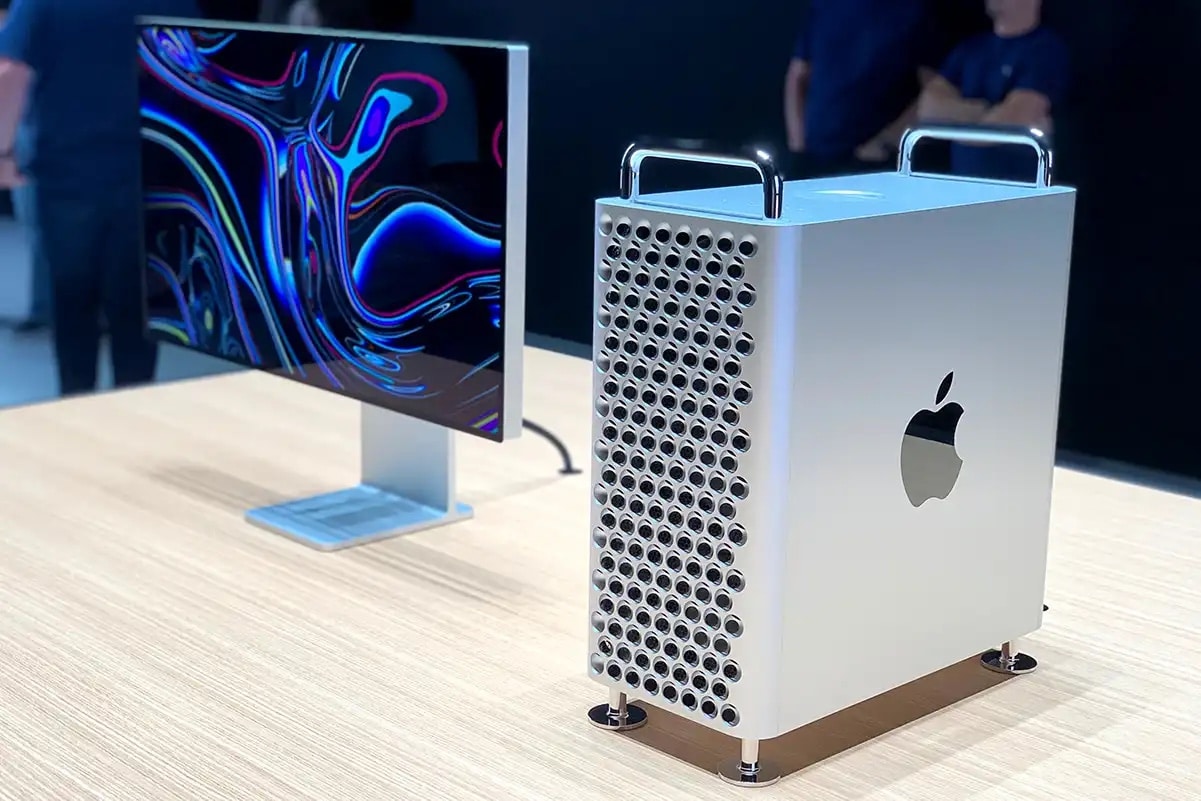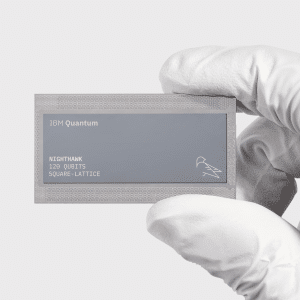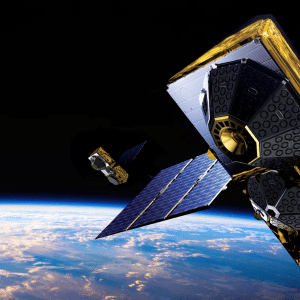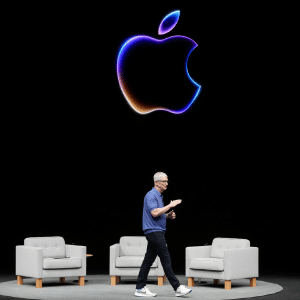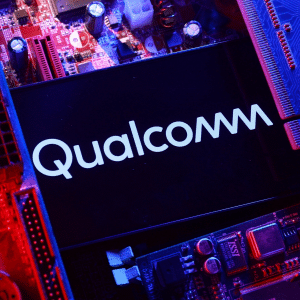The development of an extreme chip for a future Mac Pro was poised to set a new benchmark for performance. However, recent reports suggest that Apple has decided to cancel this ambitious project. The extreme chip, which was expected to integrate dual M-series chips for unparalleled computational power, faced technical and practical challenges that ultimately led to its discontinuation.
This pivot raises important questions about Apple’s strategy for its professional-grade machines and its commitment to innovation in silicon design.
What Was the Extreme Chip?
The extreme chip was envisioned as a dual-chip module combining two M-series processors to deliver:
- Unmatched performance for computationally intensive tasks.
- Seamless handling of professional workflows such as 3D rendering, machine learning, and video editing.
The extreme chip was primarily aimed at professionals requiring maximum performance, such as:
- Developers working on large-scale projects.
- Creatives using resource-heavy software like Final Cut Pro and Logic Pro.
- Scientists and engineers running simulations or data analysis.
Apple planned to leverage its advanced silicon architecture to achieve:
- Higher core counts for both CPU and GPU.
- Increased memory bandwidth for faster data processing.
- Enhanced energy efficiency to minimize thermal constraints.
Why Apple Canceled the Extreme Chip
The development and production of the extreme chip presented significant cost challenges:
- Manufacturing dual-chip modules would have increased costs exponentially.
- The higher price point might have limited its appeal to a niche audience, reducing overall profitability.
The extreme chip’s design required managing heat and power consumption at an unprecedented scale:
- Dual-chip configurations generate substantial heat, necessitating advanced cooling solutions.
- Balancing performance with energy efficiency proved difficult within the compact Mac Pro chassis.
Apple likely assessed that the market for such an extreme chip was too small to justify its investment:
- Most professionals can achieve optimal performance with existing M-series chips.
- The extreme chip’s use cases would be highly specialized, appealing to only a fraction of users.
Implications for the Mac Pro
Apple’s decision signals a shift toward more scalable solutions:
- The Mac Pro will likely rely on enhanced versions of the M-series chips, such as the M3 Ultra or its successors.
- Apple may focus on optimizing these chips for professional workloads without resorting to extreme designs.
To compensate for the absence of the extreme chip, Apple could:
- Emphasize modularity, allowing users to upgrade components like GPUs and storage.
- Enhance compatibility with third-party hardware to cater to diverse professional needs.
While the extreme chip is off the table, Apple’s future Mac Pro is still expected to:
- Deliver industry-leading performance with advanced M-series configurations.
- Support demanding workflows through optimized software-hardware integration.
Broader Impacts on Apple’s Silicon Strategy
Apple’s silicon team is likely to prioritize efficiency and scalability:
- Enhancements in single-chip designs could deliver comparable performance without the complexity of dual-chip modules.
- Continued innovation in Apple Silicon will drive incremental gains in processing power and energy efficiency.
Apple’s cancellation of the extreme chip opens the door for competitors in the high-performance desktop market:
- Companies like AMD and NVIDIA may attract users requiring extreme computational power.
- Apple must differentiate its offerings through software integration and ecosystem advantages.
The challenges faced during the development of the extreme chip could inform future projects:
- Apple may explore alternative architectures, such as multi-die solutions, to achieve similar performance gains.
- Advances in cooling technology and power management could enable more ambitious designs down the line.
What This Means for Professional Users
The absence of an extreme chip might make the Mac Pro more accessible to a broader audience:
- By avoiding exorbitant costs, Apple can price the Mac Pro competitively.
- Professional users still benefit from advanced M-series chips without paying a premium for niche features.
Apple’s decision reflects a focus on delivering practical solutions that align with user demands:
- The Mac Pro will continue to support professional workflows with top-tier performance.
- Innovations in macOS and Apple’s software suite will enhance productivity and efficiency.
What’s Next for the Mac Pro?
Apple is expected to release upgraded M-series chips tailored for professional use:
- The M3 Ultra, rumored to feature more CPU and GPU cores, could serve as the flagship chip for the Mac Pro.
- Improvements in neural engine performance will benefit AI-driven workflows.
The next Mac Pro might prioritize modularity to address diverse professional requirements:
- Expandable storage, memory, and GPU options could cater to power users.
- Support for external accelerators and networking devices may enhance versatility.
To support high-performance chips, Apple could introduce:
- Advanced cooling systems, such as liquid cooling or vapor chamber designs.
- Innovations in chassis design to maximize airflow and thermal efficiency.
User Reactions and Industry Perspective
The cancellation of the extreme chip has elicited varied responses from users and industry experts:
- Some professionals are disappointed by the lack of an ultra-high-performance option.
- Others appreciate Apple’s focus on practical, scalable solutions.
Apple’s move highlights broader trends in the tech industry:
- The shift toward efficiency over raw power reflects the growing importance of sustainability.
- As chip designs become more complex, companies must balance ambition with feasibility.
A Calculated Move for the Future
Apple’s decision to cancel the extreme chip for a future Mac Pro underscores the company’s commitment to practical innovation. While this move may disappoint some professionals, it paves the way for more accessible and efficient solutions tailored to real-world needs.
The next Mac Pro, powered by enhanced M-series chips, will continue to set benchmarks in performance and usability. As Apple refines its silicon strategy, users can expect a device that balances power, affordability, and innovation.
